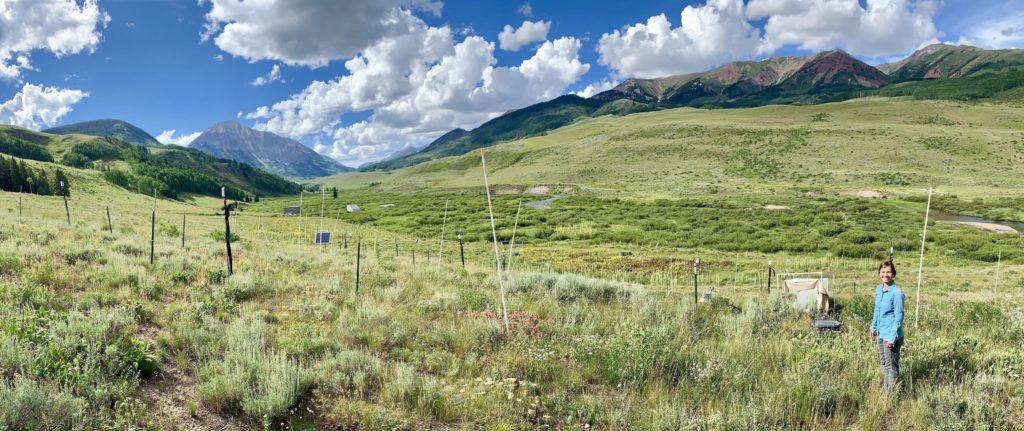News
I’m very excited to announce the recent hiring of Prof. Benjamin Blonder by UC Berkeley!
Ben will be joining the Department of Environmental Science, Policy & Management, which will afford an opportunity for even closer collaboration with Berkeley Lab and its network of investigators given his newfound proximity. Ben’s ongoing work on ploidy level-environment interactions to predict mortality and recruitment in quaking aspen is making use of the NEON hyperspectral dataset and linking it to an extensive network of aspen study sites across the watershed. This work has established some strong areas of collaboration with key members of our SFA team including Dana Chadwick, Kate Maher, and Nicola Falco. Ben has agreed to present this work as part of an upcoming Watershed Science Community Call likely this November. Welcome Ben!
Videos
Meet the Scientist: As part of his recently funded NSF “Rules of Life” proposal, Prof. Pete Raymond (Yale Univ.) is visiting the East River watershed tied to stream sampling of riverine biogeochemical properties along an extended transect of the Gunnison River from upstream of Gothic all the way down to Grand Junction. As part of his visit, I took the opportunity to film a short “Meet the Scientist” video to allow Pete to introduce himself to those of you who don’t already know him or his work. It’s really exciting to be able to integrate this NSF-funded work with SFA project, data, and infrastructure (e.g. stream gages, long-term geochemical data, etc.) especially as it serves as a critical first step in scaling riverine processes to the greater Gunnison Basin. Welcome Pete!
Virtual Site Visit: Given the importance of the early snowmelt manipulation work as it pertains to carbon and water fluxes, I wanted to provide a “virtual site visit” to (re)introduce the Science Community to Amanda Henderson and Chelsea Wilmer who have been working *tirelessly* this summer to collect plot level flux data to examine the impacts of early snowmelt on plant phenology. While a little longer than our typical “site visits”, I think this video is particularly useful in presenting the plot level work and the methodological approach being used to quantify the impacts of early snowmelt on evapotranspiration and carbon fluxes. I encourage everyone to take a look.
I also want to extend my best wishes to Chelsea Wilmer (seen in the attached photo overlooking the Pumphouse snowmelt plots) who will be heading to Ft. Collins to pursue graduate studies at Colorado State University this Fall under the direction of Prof. Stephanie Kampf. Chelsea will still be very much engaged in East River work, and I want to wish her well in this next phase of her life. Good luck Chelsea!

